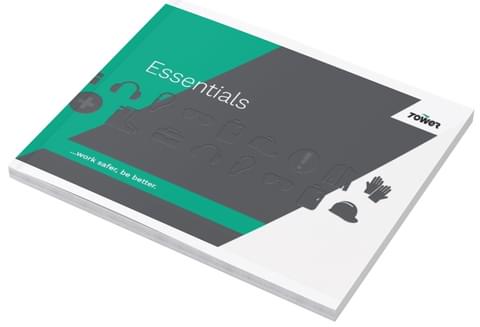
A guide to the different colours of Hi Vis, what they mean, and when you can wear them.
The first thing anyone notices about Hi Vis is the colour. And this is a good thing. As the main purpose of most Hi Vis clothing is to improve the conspicuity of the wearer, particularly in low visibility areas where the risk of not being seen is high, such as roadside, rail tracks, airports, and seaports.
But not all Hi Vis is created equal. And whether you’re an employer or employee, it’s vital to know what the different Hi Vis colours mean and when you should wear them. As a leading supplier of PPE, protective clothing, and workwear, we want to help you understand with this simple guide.
Explore our latest catalogue featuring our most popular PPE, workwear, and health & safety products.

Hi vis Colours Guide
Hi Vis comes in several different colours, which might seem confusing. The first thing to understand is EN ISO 20471, the standard for Hi Vis clothing.
According to this standard there are three main colours permitted as background material: fluorescent yellow, fluorescent orange, and in some cases fluorescent red. Wearing any other colour as background material would be non-compliant with the standard and should not technically even be called ‘Hi Vis’.

Now you know which colours conform to standard, understanding when they are suitable for your work environment depends on your industry, role, and workplace.
Some environments such as roadside and trackside have very stringent rules regarding Hi Vis. The best thing you can do is a proper workplace risk assessment. This will help you decide which class of Hi Vis will keep you safe.
Yellow is the preferred colour choice in most workplaces. So why do rail workers wear orange? The reason for this is yellow and green are colours used for train signalling, which risks confusing drivers. Orange is also less likely to blend into countryside backgrounds found on railways.

Only certain colours can provide adequate visibility on Hi Vis garments. Other colours such as blue, pink, green, purple, and white, do not conform to safety standards and are not suitable for hazard prevention. These garments are generally used for wearer identification purposes in non-hazardous environments.
Although many colours cannot be used as Hi Vis background material, they can be combined with the conforming colours and used as ‘contrast colours’. This can be helpful in providing easy identification of job roles within a workplace whilst still meeting EN standard ISO 20471.
Many Hi Vis manufacturers offer two-tone Hi Vis designs with contrast colours added to their ranges. These contrast colour areas are often made of fabric that is more resistant to mud and dirt, preventing the fluorescent and reflective parts from getting dirty and being rendered non-compliant. They're generally found around the cuff area and lower part of the jacket.
